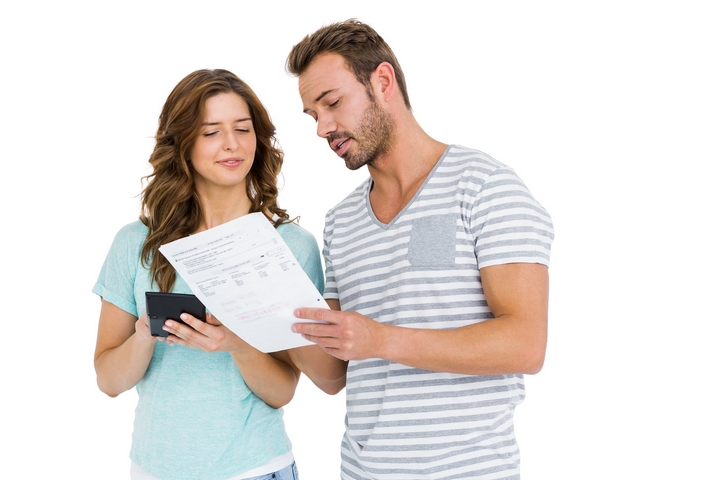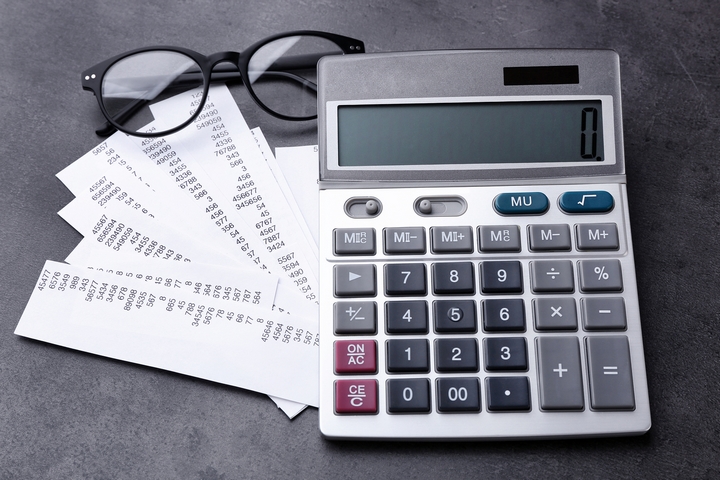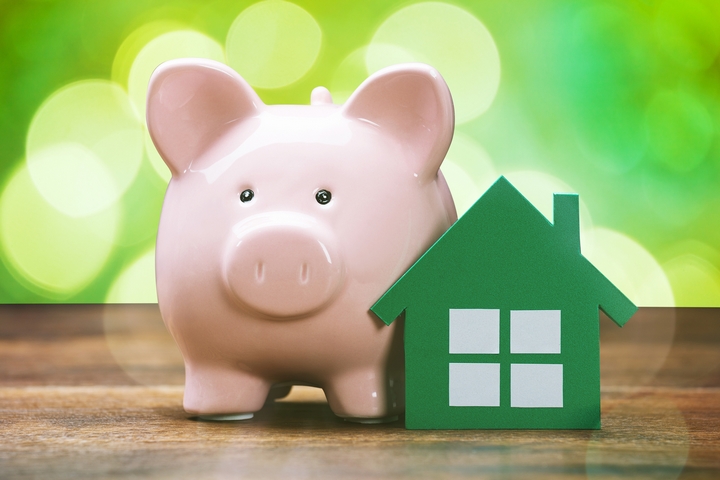Consumer debt is a massive issue in the Great White North. The Bank of Canada (BOC) has warned about it, financial institutions have published reports about rising debt levels and analysts continue to state that consumers need to rein in their spending. But do we listen? Obviously not, considering that the average consumer owes $1.70 for every loonie they earn. Let’s be honest: private debt, much like public debt, is getting out of hand, especially in a rising-rate climate.
For many households, they are just barely keeping their heads above water – one missed paycheque may mean financial destitute. For others, their drowning in an ocean of debt.
One solution for millions of Canadians is debt consolidation, a method that essentially merges all of your debts into one neat little pile of debt. This is easier to handle for indebted individuals because you pay one monthly lump sum without skyrocketing interest rates. Interested? Here are five debt consolidation tips every Canadian needs to know:
1. First, Find the Root of Your Money Woes
It is great if you can eradicate your debts, but if you return to bleeding red ink then all of it was for nought and superfluous. In other words, before you initiate the debt consolidation process, you will need to determine the root of your pecuniary troubles.
Are you spending too much? Are you not making enough money? Are you using your credit cards more than you should? Do you even have a budget? These are important questions to consider prior to getting involved in debt consolidation services. It is crucial to get out of debt and stay out of debt.
2. Determine What Your Options Are
So, what exactly are your options now that debt consolidation is on the table? In today’s environment, there are many kinds of debt consolidation options. This could consist of a debt consolidation loan, a debt management program, an orderly payments of debts initiative. Yes, a credit counselling firm will outline all of the available options that will provide you with some level of debt relief.
3. Only Consolidate the Right Debts
A common mistake that consumers make is that they begin to consolidate all of their debts, even the ones that are minuscule or come with a low rate of interest. This is the wrong path to take.
Moving forward, you must only consolidate the right debts – the ones that are massive and are attached with enormous interest rates – and refrain from consolidating the wrong debts – the ones that are small and come with minor interest rates. Remember, debt consolidation can reduce your credit score so be careful how you do it.
4. Maybe Add Your Debts to Your Mortgage
Do you have a mortgage? OK. Now, do you have a lot of equity in your home? OK. Have you thought about adding some of your debts to your home mortgage? Think about it.
Piggybacking your debts to your home mortgage is another form of debt consolidation. With so many Canadians, particularly those in Vancouver, Toronto, Ottawa and Montreal, with gigantic equity in their homes, you can erase your debts by making it a part of your mortgage.
Although housing values have either stalled or come down a bit, it is still helpful for many.
5. Don’t Use Your Credit Cards
Lastly, and this may tie in to the very first point, you mustn’t utilize your credit cards once you have gotten out of debt. If your credit cards have gotten you into this dilly of a pickle in the first place, then you have to chop up those pieces of plastic and rely primarily on cash.
Until you have mastered the art of swiping, tapping and inserting your credit cards the effective way, you need to implement a physical cash hegemony in your day-to-day affairs. Otherwise, you’ll return to where you started: indebtedness.
Debt consolidation can serve as a get out of jail free card in today’s economy. With millions of Canadians living paycheque to paycheque and unable to sleep because of their debt, debt consolidation can ensure that you won’t live your daily life stressed out and concerned. Remove that furrowed brow and experience life debt-free. You’ll be happier for it.






